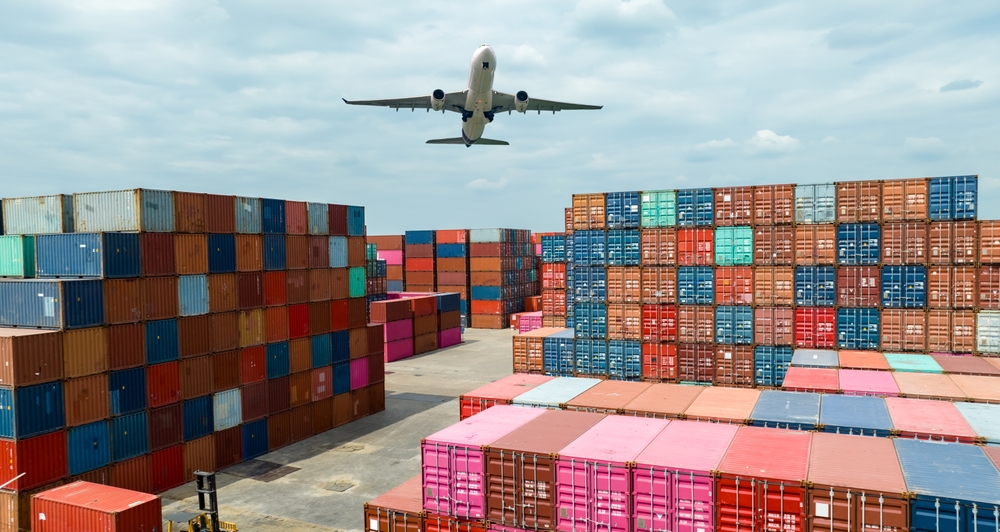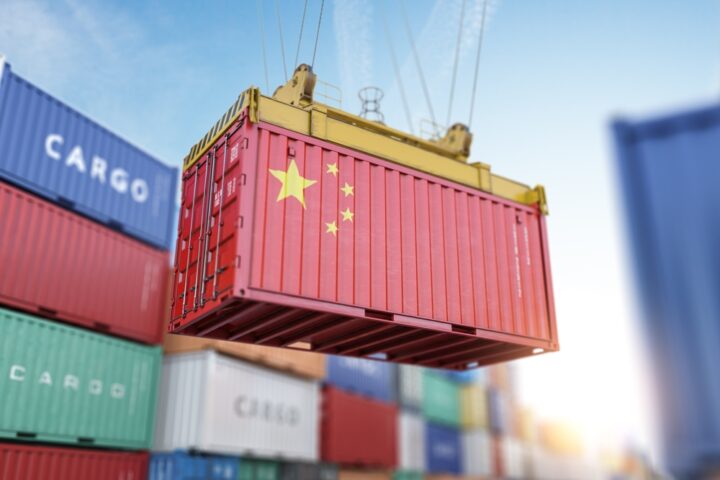As 2025 approaches, U.S. shippers face escalating uncertainty with anticipated new Trump tariffs and the looming possibility of a port strike in mid-January. Logistics executives are strategizing to mitigate potential supply chain disruptions while dealing with strong but risk-laden consumer demand and the early start to Lunar New Year, a period that halts Asian manufacturing for up to a month.
Inventory Management Amid Looming Challenges
Shippers are analyzing whether to front-load inventory ahead of tariff implementations, which could begin as early as February or March 2025. Logistics firms like Honour Lane Shipping predict inventory stockpiling may start in December, while C.H. Robinson warns that tariffs and a second potential strike by the International Longshoremen’s Association (ILA) will further complicate supply chain strategies.
Labor Disputes Heighten Concerns
The ILA strike, which could begin on January 15, has heightened tensions. Previous strikes, like the three-day action in October, caused significant congestion, leaving 54 container ships stranded at ports and taking weeks to clear. “Shippers must now decide which coast to send freight to, considering travel times and the risk of disruption,” said Corey Rhodes, CEO of Everstream Analytics.
Strategic Adjustments and Cost Implications
Rhodes emphasized that companies must balance inventory management, warehousing, and freight expediting costs in the face of potential disruptions. Everstream data shows companies with adequate means are building inventories, preparing for a scenario where supply chain disruptions could last weeks.
Tariff Impact on Global Trade
President-elect Donald Trump’s proposed tariff hikes—ranging from 60% to 100% on Chinese imports and 10% to 20% on other goods—are raising alarm among U.S. retailers. Walmart CFO John David Rainey warned that such tariffs could lead to price hikes for consumers. Similar tariff increases in 2018 caused ocean container rates to spike over 70%, and analysts expect a similar short-term trend in 2025.
Restructuring Global Supply Chains
The U.S. trade deficit with mainland China remains significant at $287 billion through September 2024, despite a decline since 2021. Companies are diversifying their supply chains by shifting manufacturing to countries like Mexico, Vietnam, and South Korea. However, Vietnam’s growing trade deficit with the U.S. and its close ties with China could invite further tariff scrutiny under Trump’s second term.
Outlook for 2025 and Beyond
The intersection of tariff uncertainty, labor disputes, and evolving trade policies points to a challenging year ahead for shippers. Analysts predict short-term cost increases and long-term restructuring as businesses adapt to new trade realities. S&P Global warns that Trump’s policy shifts could prompt significant changes in global trade flows, particularly in regions with strong ties to China.







